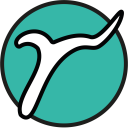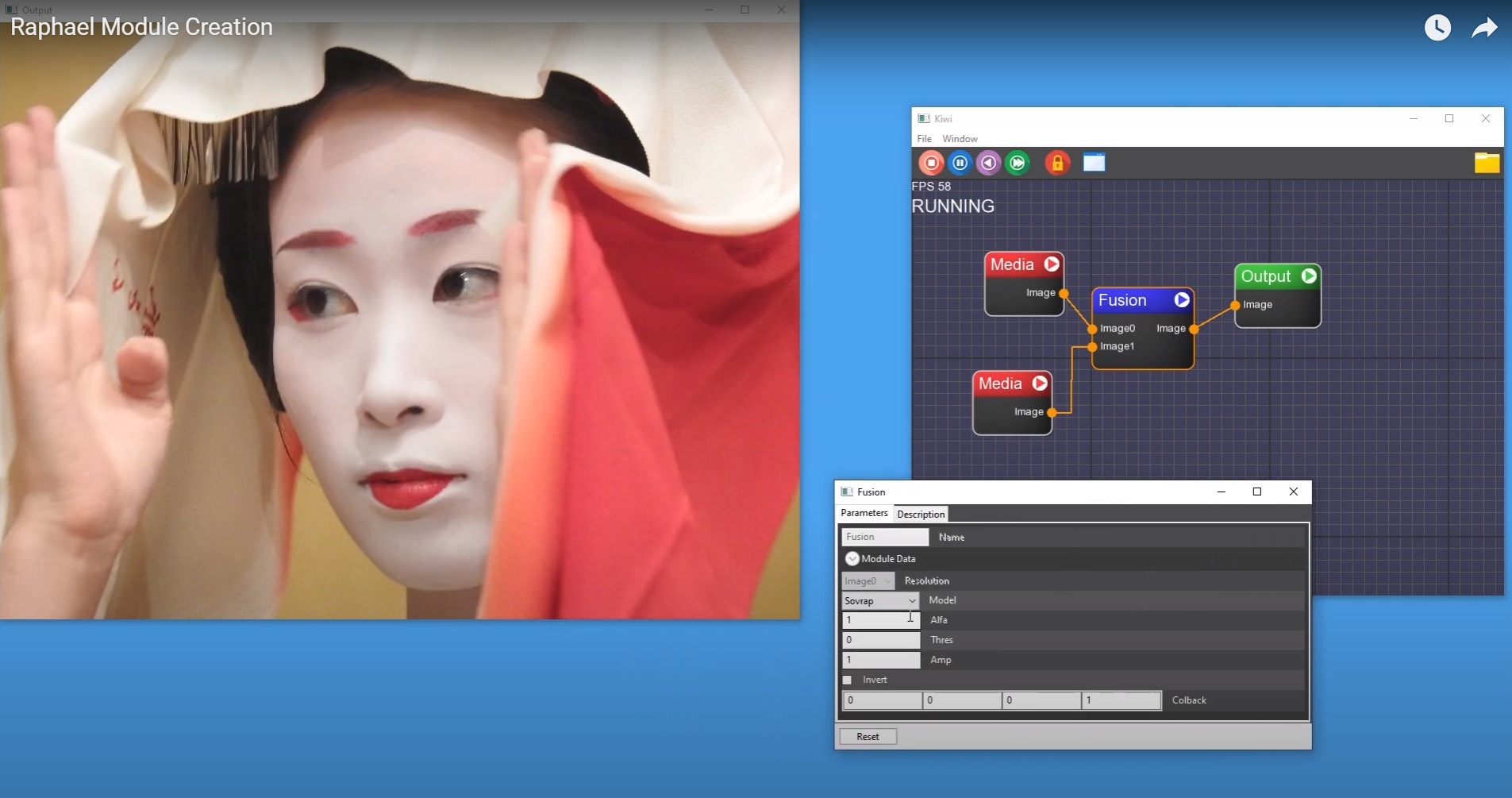About Raphael

Raphael is a software born to facilitate the creation of interactive installation, images and videos for artists and performing arts (theatre, concerts, museums, etc.).
Thanks to its ease of use, it allows artists and creators to get to the path of digital art with no need for programming skills. Designed for anyone it allows quick access to very powerful, creative and technological tools.
Curious to see our software in action?
Watch our latest demo video on YouTube! Dive into the features, functionality, and user experience to get a firsthand look at what our software can do for you.
Introducing the Raphael project and the Raphael platformAbout Raphael
Raphael is a software born to facilitate the creation of interactive installation, images and videos for artists and performing arts (theatre, concerts, museums, etc.). Thanks to its ease of use, it allows artists and creators to get to the path of digital art with no need for programming skills. Designed for anyone it allows quick access to very powerful, creative and technological tools.
Curious to see our software in action?
Watch our latest demo video on YouTube! Dive into the features, functionality, and user experience to get a firsthand look at what our software can do for you.
Introducing the Raphael project and the Raphael platform
Is it an editing program?
No, it is not. Raphael is not a multimedia file editing software (photo, video, audio) like programs such as Photoshop, Premier, After Effects, etc. The platform acts by processing audio-visual data (images, file, camera and audio) in real time through a graphic composition of modules. This feature gives the possibility to create real time interactive context (installations or performances) or setup of recursive processes to develop innovative images. The platform focus is the creation of new contents rather than editing existing materials.

Interactivity
Interactivity is the possibility for a subject to influence the “creative flow”. Gestures, body movements, voices, sounds can influence or direct the image flow following the rules made by the author. It is important not to confuse an edited video with an interactive performance to understand the platform potential. As an example, imagining a theatre show, depending on the movements of the actors, the scenography could evolve the background of the stage, but with a sudden stop of the movements the effects would cease, which cannot happen using a previously edited video as a background.
About Us

Leonardo Annunziato
Executive Director
I’m 23 years old, I studied cinema at the Roberto Rossellini Cine-Tv Institute and I attended a course of photographic studies at the REA Academy in Rome. During my studies, I followed the process of building the Raphael Platform, until the moment I decided to promote a project for the dissemination of the platform and the creation of the community. I deal with the organisational and managerial aspects of the company.

Mauro Annunziato
Artistic Director
In the scientific realm, I've conducted research on chaos theory (at UCSD), intelligence, and artificial life, focusing on applications in sustainable development, smart cities, and smart communities. In the realm of art, I co-founded the Plancton Art Studio group in 1994, dedicated to producing digital images and interactive installations blending art and science. Actively engaged in the international digital art scene, I developed the Art of Emergence approach. My works have been showcased in several international exhibitions, including Los Angeles, New Orleans, Washington, Munich, London, Lima, Moscow, Girona, Rome, Turin, and Venice. I've received various awards, including the cover feature of the international journal of Art-Science, Leonardo (MIT Press) in 2002. One of my contributions was selected by NASA as part of a collection by 60 artist-scientists for the library of the first human settlement on Mars in 2030.
